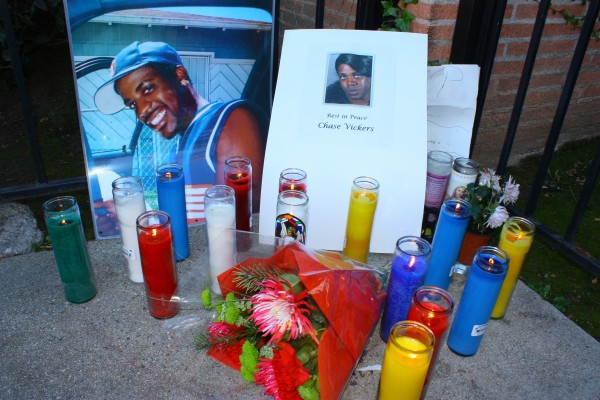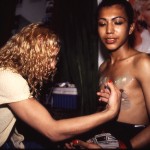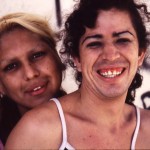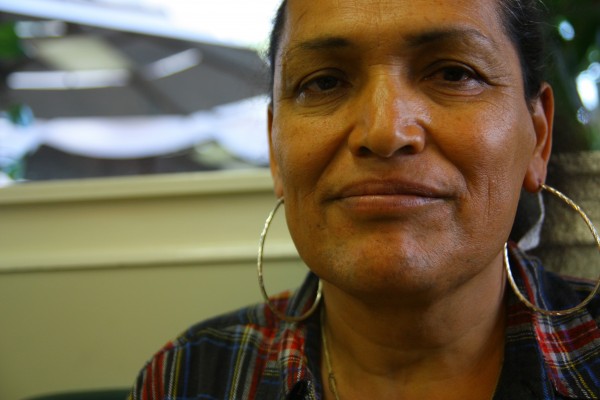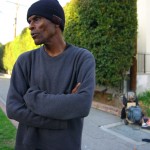On Monday, a story ran in the LAT that I wrote about Nathan Vickers, a prostitute who dressed as a woman on the streets of Hollywood and who was shot to death in November, 2011, in a case that is still unsolved.
The story generated huge and negative response from many transgender people, gay activists and others — most objecting to the use “he” as the pronoun in the story. This includes an online petition.
“Referring to her with male pronouns in her article is insulting at best and a gross misrepresentation at worst,” wrote one reader. “If you don’t know anything about trans people, you have done a bit of research before writing your article.”
I covered the crime when it happened, then spent several months researching the world of transgender prostitutes in Los Angeles, particularly around the area of Santa Monica and Highland, as well as Lexington, where Vickers was killed. I also interviewed long-time friends and Vickers’ mother in East Palo Alto.
As it happens, far from not doing enough research, I did a huge amount, and this convinced me that things weren’t so clear cut when it came to Nathan “Cassidy” Vickers.
What struck me most was, in fact, the ambiguity of what Nathan Vickers intended when he came down to Hollywood and worked as a prostitute dressed as a woman.
Friends on the street knew Vickers only as a woman named Cassidy. Mother and long-time friends in the Bay Area, including two women who were his recent roommates and referred to him as their brother, insisted Vickers was not a man transitioning to a woman, but an openly gay man – known to them as “Chase” — resorting to the only measure at his disposal to find work after a long period of unemployment: cross-dressing and working as a prostitute. One of these friends said she spoke to Vickers a half hour before he died.
They noted he had only recently been doing this and had no surgery, no breast implants, no hormone treatments. He was in East Palo Alto two months before, dressed as a man. But, again, the transgender women on the street told me they knew Cassidy only as a woman.
Faced with these complexities and the fact that Vickers was no longer around to tell me, I opted to use “he” when the story was describing the years he spent in East Palo Alto and looking for work, and “she” when Cassidy Vickers was working the streets of Hollywood.
The night before the story ran, the LAT copy desk called and said they could not use two pronouns for the same person in one story and changed them all to “he.” I was at a loss at what to do by then. I supported the change, and still do, though my own solution was the one I preferred.
In copyediting the story, at one point a pronoun “he” was added but the pronoun “she” was not deleted. It became “heshe” — a gross insult to transgender people and one that I’ve never written in my life. Another person called to say that I shouldn’t have said that the funeral was attended by “men in women’s breasts.” I explained that I used that when I was describing the mother’s point of view, reacting to the people she saw at her son’s funeral. To her, there were lots of men with women’s breasts at the ceremony.
Anyway, as you can see, reaction has been fierce.
As it happens, I believe no reporter in the mainstream media on the West Coast, maybe in the country, has done more to understand the transgender world than I have. My first book, True Tales from Another Mexico: The Lynch Mob, the Popsicle Kings, Chalino and the Bronx, includes a chapter on the two months I essentially lived with what amounted to a colony of transgender women (though the term didn’t exist then, or at least not in Mexico) in Mazatlan. You can see photos on my media page.
But landmines like these are all in the life of a reporter.

